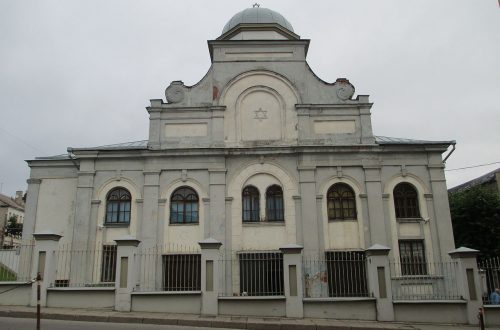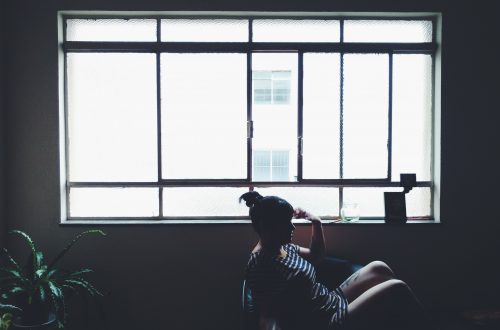
Museum brought art to people’s homes (Vilnius, Lithuania)
When cultural life moved to a virtual space Lithuanian National Museum of Art together with the information partner Lithuanian National Radio and Television (LNRT) decided “to bring art to people’s home” and implemented the project “30 Artworks, 30 Creators, 30 Weeks”. In this project 30 renowned Lithuanian artists (painters, writers, musicians, architects, designers, and others) were invited to choose the artwork in any exposition of Lithuanian National Museum of Art department and in the video story tell the audience why that artwork is important and special to them. These videos were placed on the websites of the Museum and LNRT and their social networks, also shown in the LNRT morning TV show.
Background
The Lithuanian National Museum of Art is a public institution granted the national museum status by the Government of Lithuania in 1997. Originally founded as Vilnius Museum in 1933, later reorganized into the Lithuanian National Museum, today it is one of the oldest and leading institutions of its kind in the country. The Museum is established by the Ministry of Culture of the Republic of Lithuania. It has nine branches located not only in Vilnius, but as well in other cities of Lithuania – Klaipėda, Neringa and Palanga. The Lithuanian National Museum of Art is currently the biggest national institution which preserves, investigates, and displays pieces of art of historical and artistic value. In the main exhibition halls of the museum, visitors can get acquainted with Lithuanian and foreign fine and applied art, as well as Lithuanian folk art. The museum regularly organizes exhibitions of the creative legacy of Lithuanian artists and works of foreign artists. Museum departments prepare and implement teaching and educational programs for students and youth. Lithuanian National Museum of Art is also a member of the International Council of Museums (ICOM).
Description
The project “30 Artworks, 30 Creators, 30 Weeks” was inspired by The Artist Project of the Metropolitan Museum of Art. A few years ago, the Metropolitan Museum of Art invited and documented various artists telling their impressions on chosen individual works of art or galleries. Even though the idea is not new in general, however before it was never adapted in the Lithuanian National Museum of Art. The project aims to popularize art and museums, to expand and deepen the cultural knowledge of the Lithuanian people, to inspire them with a desire to get to know and experience art more deeply. Project was partly financed by the Lithuanian Council for Culture in 2020 with 54,500 Eur support. Project team comprised of the management members and creative team. Overall, thirty 3-minute videos and thirty 1-minute videos were created. The approximate number of viewers can be seen next to each video however to count the overall number it would be needed to check not only all places where the videos were shared but also the morning TV show viewers.
Impact
Without a doubt the video stories were shared widely by using social and media channels and the Museum had an opportunity to reach the attention of wide audience. However, it is not possible to know what the real impact to people was. The initiative raises the questions as how many of people really watched the videos because it was their interest, how many of people discovered the artworks they never knew before. The project impacted the Museum as it was the innovative idea never implemented before. It was a new way of showing the artworks especially in these difficult times. It changed Museum’s way of working, albeit for a short time. But as well it gives an opportunity to develop the idea for the future and maybe surprise the audience in unexpected ways. The project involved 30 renowned Lithuanian artists who not only presented the artworks but themselves as well. Some of them were very well know, some less or only in small communities. Therefore, this project gave an opportunity for them to introduce themselves from different perspectives. Even though the videos lasted only 3 minutes maximum, it required time and energy from all involved people (project team, producers, artists). The project was mostly aimed to the Lithuanian audience as it can be seen from the publications, social media but not Lithuanian speakers had an opportunity to watch videos with the English subtitles.
Interpretation
It is not entirely clear how the project impacted the museum and its visitors. We can just interpret the impact and discus it. However, it could inspire visitors to discover or rediscover the masterpieces of the Lithuanian National Museum of Art. And for the museum it was a good opportunity to adapt the new way of bringing culture to the people’s homes.
References
- “Projektas „30 kūrinių, 30 kūrėjų, 30 savaičių“, Lithuanian National Museum of Art, https://www.lndm.lt/projektas-30-kuriniu-30-kureju-30-savaiciu/
Author




